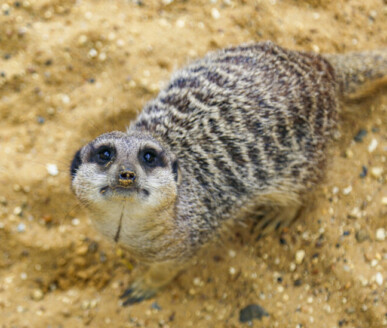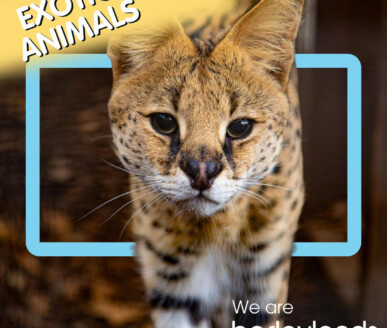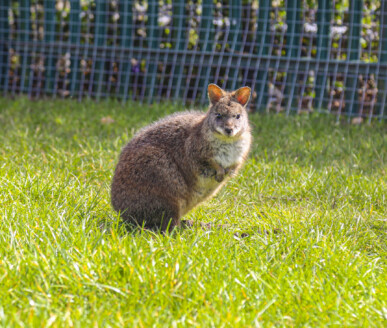Meerkats, Wild Cats and Wallabies
Meet some of the newest exotic arrivals at Barleylands; our adorable wallabies are fun to watch, head to the wallaby walkthrough to spot them.
At the entrance to the wallaby walkthrough don’t miss catching a glimpse of our two serval cats Annie and Hunter, their markings make them camouflage in the grasses, Look out for their excellent jumping skills when they bounce from tree stump to perch.
Did you know that a group of meerkats is called a mob, check them out at the end of the bird of prey walkway, they may be snacking on some grubs.
The Meerkats (Suricata suricatta)
Least concern – IUCN Red List
Did you know meerkats can live to around 16 years old, and will usually have 3 or 4 babies in any one litter? A group of Meerkats is called a ‘Mob’, and the leader of the group is usually a dominant female. They are native to South Africa and tend to live in rocky areas with burrows. Meerkats pretty much eat anything; they will eat all sorts of insects and also love to munch on fruit, vegetables and plants.
The gang have settled well into their new home and are proving a very popular addition. We have a breeding pair, who had their first litter in Spring 2021.
The Servals (Leptailurus serval)
Least concern – IUCN Red List
Meet our Wild Cats! Hunter and Annie are Servals, a medium-sized wild cat native to Africa.
We have regular talks with the cats, click here to see if there is one taking place when you visit.
Want to get up close and personal? View our animal experiences here.
The Wallabies (Macropus parma + Macropus rufogriseus)
Near Threatened – IUCN Red List
Barleylands is home to a few of these interesting marsupials. We have two species the; Bennett’s (which are a bit bigger), and the Parma wallaby, who only reach around 18 inches tall.
They share a habitat with the Sulcata tortoises.
Please do not touch the Wallabies whilst in the walkthrough, they could give you a nasty bite.




